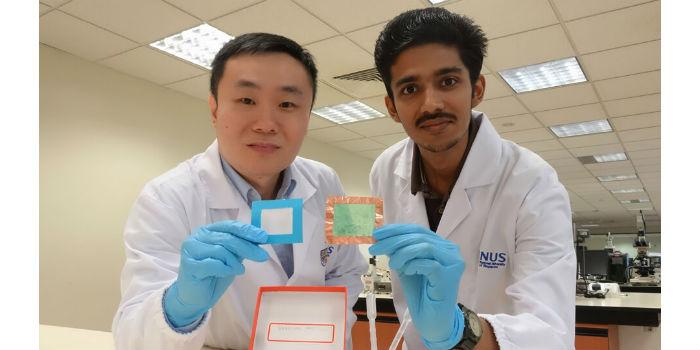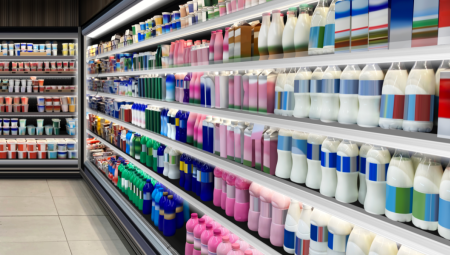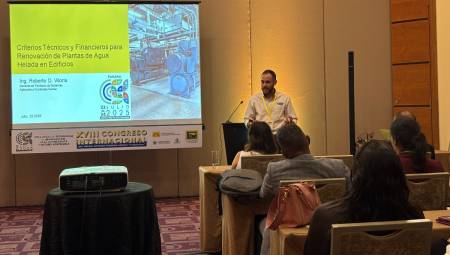 International. Scientists at the National University of Singapore (NUS) have developed a novel solution that can turn the nonwoven mesh into a filter that can block harmful PM2.5 particles found in the haze.
International. Scientists at the National University of Singapore (NUS) have developed a novel solution that can turn the nonwoven mesh into a filter that can block harmful PM2.5 particles found in the haze.
Using phthalocyanin, a chemical compound commonly used in dyeing, the team of researchers designed organic molecules that can self-organize, similar to stacking building blocks, to form nanoparticles and subsequently nanofibers.
These nanofibers — which exist in the form of an organic solution — will be applied to the material to create thin, transparent air filters that can remove up to 90 percent of PM2.5 particles.
PM2.5 contaminants are smaller than 2.5 microns in diameter, or 30o the diameter of a strand of human hair. It is one of six pollutants, including carbon monoxide and sulphur dioxide, according to the Pollutant Standards Index (PSI).
Long, regular exposure to PM2.5 is linked to an increased risk of death from complications such as lung cancer or heart disease. Lead researcher Tan Swee Ching, from NUS's department of materials science and engineering, said: "In the long term, it may even be possible for a DIY kit (Do-it-yourself) to be made commercially available to consumers to make air filters at home."
He added that air filters developed using the solution also allow for better airflow — 2.5 times greater — than conventional air filters, and blocks harmful ultraviolet (UV) rays.
Air filters are usually calibrated using a parameter called the quality factor, which depends on two subfactors: particulate filtration efficiency and air permeability. Current commercial respirators have high particulate filtration efficiency, but air permeability is still considerably low, resulting in a low-quality factor, Professor Tan said.
The NUS equipment's new air filter achieves a quality factor about twice as high as commercial respirators, he added.
Data Source Provider: National University of Singapore.














